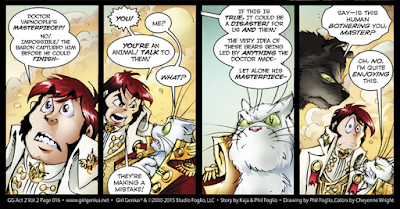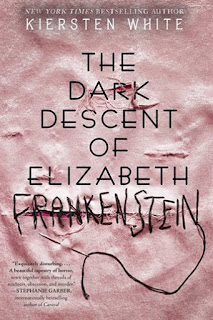MODERNIZATION
Most
of the novels written in the early nineteen century are not
well-known today. Most of them are of interest only to scholars and
collectors and ignored by the general public,. Relatively few titles
are still in general circulation today because of their influence on
contemporary literature. Most people will recognize the titles, “Jane
Eyre”, “Pride and Prejudice” or “Ivanhoe”. But only one
title will be recognized by all.
Frankenstein.
The
novel “Frankenstein” arguably the first science fiction story,
was written in 1818 by Mary Wollstonecraft Shelley who did something
extraordinary. She created a new type of story (science fiction), a
new type of villain (the mad scientist) but more importantly a new
monster. The other creatures, mummies, vampires, ghosts and wolfmen
popular in the public imagination, are based on old legends. But the
unnamed “creature” in the book, brought to life by science,
sentient and bent on revenge after being abandoned by it's creator
was a new original concept.
We
are familiar with 'Frankenstein' not because of it's historical
literary innovation, position in the English romantic movement or
female authorship but because of it's creature.
To
be fair the version of the creature, or 'monster' that the general
public is familiar comes not from the novel but from the American
movie adaptation in 1931. The original creature was voluble and well
spoken, the movie monster a grunting savage.
The
differences in those two incarnations of the monster does not change
the themes of the story on the nature of evil and the moral
consequences of playing God. Numerous variations of the story have
explored these themes from different angles. Other adaptations
inspired by the original concentrate on the science fiction or horror
tone or use it as a comedy or action vehicle.
For
example,
the recent web series 'Frankenstein MD'
uses most of the current story adaptation popular tools such as
transmedia output, reimagining, remediation, adaptation retelling and
gender swap.
The
challenge of interpreting Frankenstein is that the story has two main
characters very different from each other. Adaptations can focus on
one the other or the interaction between both. In this case the
story is very much the scientist's, focusing on the steps that lead
to her decision to create life. In the original Shelley story the
science that lead to the experiment is glossed over, whereas in this
webseries it is the main motif. Frankenstein MD is a minute detailing
of the evolution of the reasoning that leads to the creation of the
creature.
This
version of Frankenstein shares the hubris of the original novel's
character. She does her experiments because because she can. The
edutainment episodes cover the steps leading to the discovery of the
secret of life with the added discussion on the ethics of such a
decision. In this version, the last step of creating life is done out
of guilt and naivety.








